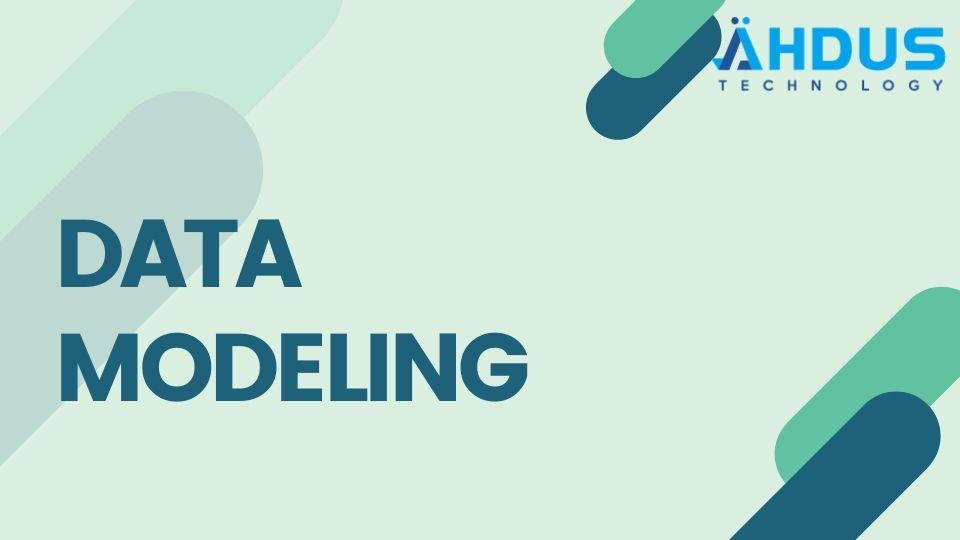Some time back, I interned in data architecture at a well-known delivery company. I was going into the temporary job I scarcely even understood what that implied. I later discovered that a massive piece of data architecture is something many refer to as data modeling.
During my time there, I figured out how to plan databases, map connections among sections and tables in these databases, and, above all, picture this all in a chart. I led to returning to the entirety of this during a new prospective employee meeting measure where one of the technical meetings zeroed in exclusively on data modeling.
It was an incredible learning experience to dive profound into all that I had learned four years prior during my entry-level position in anticipation of this meeting. This is what you need to know whether you go over a technical discussion revolved around this theme.
What Is Data Modeling?
Data Modeling is the demonstration of investigating data-situated designs. Like other Modeling, ancient rarities, data models can be utilized for an assortment of purposes, from undeniable level reasonable models to actual data models. According to the perspective of a situated item designer, data modeling is adroitly like class Modeling. With data modeling, you recognize element types though, with class modeling, you distinguish classes. Data credits are relegated to substance types similarly as you would appoint properties and tasks to ranks. The relationship between elements, like the relationship between levels – connections, legacy, creation, and collection, is pertinent to data modeling.
Customary data Modeling is unique to class Modeling since it centers exclusively around data – class models permit you to investigate both the conduct and data parts of your space; with a data model, you can explore data issues. Based on this, center data modelers tend to be significantly improved at getting the data “right” than object modelers. In any case, a few groups will display database techniques (put away systems, put away capacities, and triggers) when they are actual data Modeling.
Types of Data Models
There are three unique sorts of data models, each working in intricacy.
Conceptual data model
This is the most un-technical of the three. It gives a significant level outline of the various tables, also called substances you need, and the possible segments (credits).
Logical data model
This is somewhat more technical and complex. This model will incorporate the connections between the elements just as the data sort of the traits and elements.
Physical data model
This is the last data model made before creating the actual database. This features the simple pattern of the database and incorporates the entirety of the data referenced in the past data models.
Types of relationships
I referenced before that data models envision the relationships between elements. There are four different relationships that can be utilized in a data model.
Coordinated
This implies just a single element can exist for each one example of another substance. I would say this relationship is really uncommon.
One-to-numerous and Many-to-one
This implies that one substance can have numerous cases of another element. For instance, one manager can have some full-time representatives, yet every worker can have one full-time boss.
Many-to-numerous
This implies numerous examples of one element that can have innumerable occurrences of another substance. For instance, numerous carriers can have innumerable clients, and multiple clients can have numerous aircraft they’ve flown.
Making a data model
While making a data model, it is critical that you comprehend your data. What field would be essential to follow? What is the motivation behind this database? Responding to these inquiries will make the Modeling cycle a ton simpler.
What are your elements?
We should glance back at our attire store model. We first need to figure out what our elements, or tables, would be. Consider the diverse, more extensive classes of data. We would need a part for buys to following which clients purchase which things. We would need an element for clients to store the entirety of their own data like name, address, and telephone number. We would likewise require a part to follow data about everything sold like interesting id, shading, size, and garments type. In conclusion, we would need a substance for stock, so we realize the amount we have left of everything.
What ascribes do you require inside these substances?
Since we have our elements made, we need to sort out which credits are required inside those particular substances. Let’s look at purchases. Here is the data that rings a bell identified with buys:
- Interesting buy ID
- Date of procurement
- Season of procurement
- Client ID of individual buying
- Thing ID of thing being bought
- The complete expense of procurement
It’s essential to consider which substance bodes well for each property. It is additionally critical to consider how these substances will relate. We need to remember the customer Id and item ID for this buy table to get to the client and think about implications. These will go about as foreign keys in this table and essential keys in different tables.
What’s more, you can likewise incorporate the data sorts of these fields in this progression. In any case, this isn’t ordinarily essential in interviews. Different ideas are more critical to demonstrate.
Presently test yourself and check whether you can round out the characteristics for different elements I referenced. No looking!
At the point when you’re done, contrast your outcomes and what I have beneath.
How do these substances relate?
Presently we need to ensure we have the entirety of the essential and unfamiliar keys necessary to interface the various substances together. This is fundamental to pull the whole of the data you need inside one inquiry. If these tables can’t be as expected joined to each other, your database won’t be proficient or appropriately assembled.
We should survey the distinction between an essential and a foreign key. An essential key is a particular identifier of an element. Client ID goes about as an essential key for the client element, thing ID goes about as an essential key for the thing element and buys ID goes about as an essential key for the buys substance.
A foreign key is a field that goes about as an essential key in another substance, yet not the element you are presently taking a gander at. For instance, client ID and thing ID both go about as foreign keys in the buys element since they are unique identifiers (essential keys) for different tables, however not for the buys element itself.
What are the relationship types between these entities?
Presently we should return to the kinds of relationships we examined before. We need to sort out which will apply between these substances.
Test your abilities and take a stab at adding the right relationships to the remainder of the substances. Whenever you’re done, look down and contrast your answer and what I have
.The thing has a many-to-one relationship with buys since a buyer can have numerous things, yet a thing can have one deal.
The stock has a one-to-numerous relationship with the thing in light of the fact that there must be stock data for a one-of-a-kind item, yet various things can have similar stock data.
You can keep rehearsing these data modeling issues by considering distinctive ordinary situations. How might a cinema make a database? What might be said about a supermarket? Consider the organizations you interact with every day that should have a data model. Generally, there is no set-in-stone response to these sorts of inquiries. Ensure you comprehend the ideas and can clarify why you made a specific element. Contact Ahdus Technology to know more.


